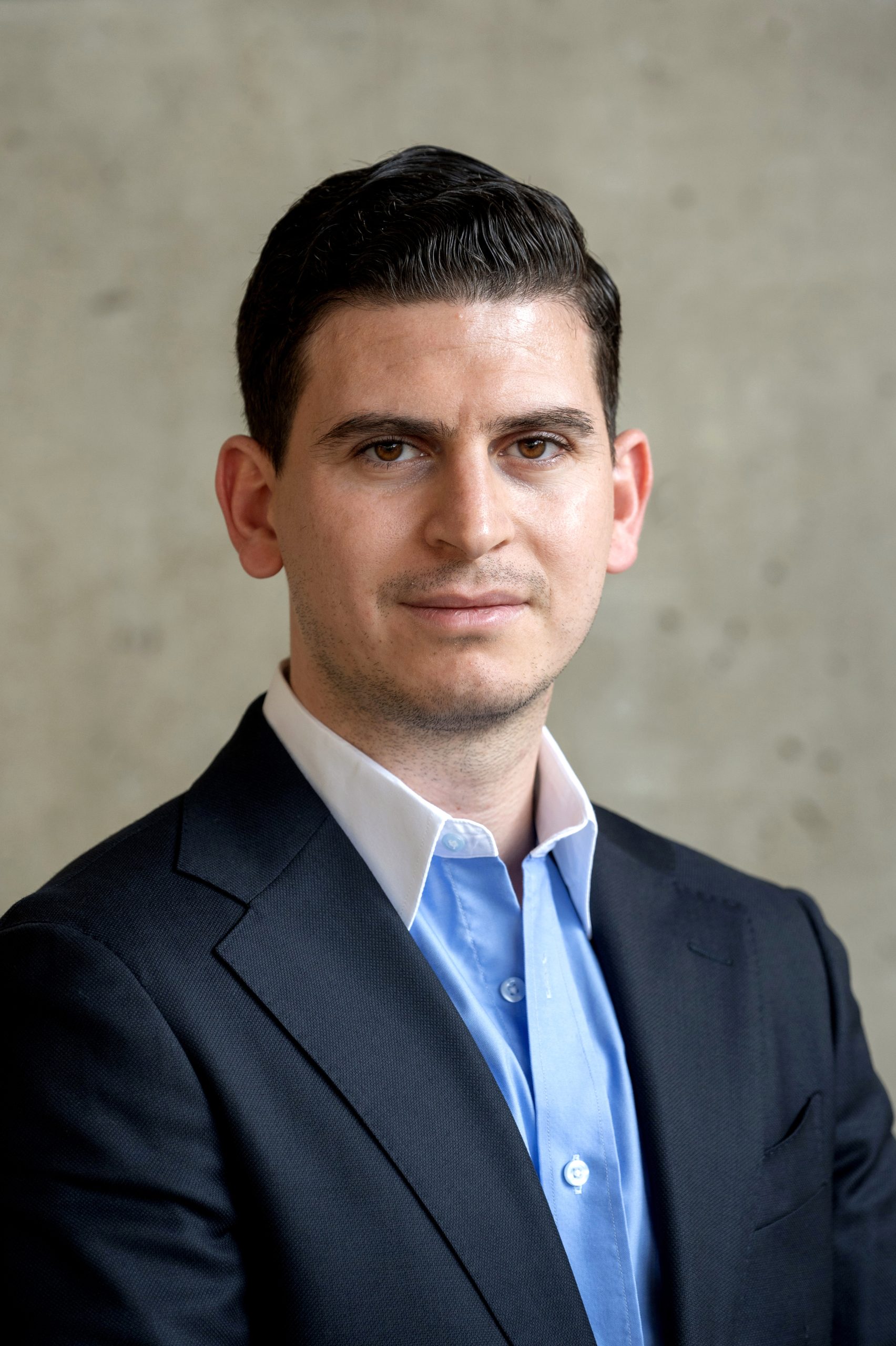As U.S. cities grapple with rising rents, underutilized office space, and growing student populations, one developer is proposing a practical, scalable solution. Mohammad Shwiqi, a real estate developer, is advancing a student housing model rooted in global precedent and tailored for today’s urban challenges.
At the center of Shwiqi’s proposal is the implementation of purpose-built student accommodation (PBSA), compact and efficient micro-units that transform vacant commercial buildings into dedicated student housing. The concept is simple yet powerful: by consolidating student populations into appropriately designed units, cities can alleviate pressure on family housing, restore balance to neighborhoods, and utilize dormant downtown real estate.
“Student housing isn’t just a university problem,” says Shwiqi. “It’s a structural issue impacting affordability, displacement, and even the long-term health of cities.”
In cities like Boston, Cambridge, and San Francisco, students now occupy a significant portion of the general rental market, often competing directly with working families for scarce units. Shwiqi’s model proposes converting empty office buildings, especially post-pandemic Class B and C assets, into micro-units, each measuring between 180 and 250 square feet, equipped with a kitchenette, private bathroom, and study space. These units are inspired by compact housing formats seen in Tokyo and London, where housing innovation has long responded to space constraints with intelligent design.
In contrast, the average U.S. studio apartment measures between 450 and 600 square feet, making traditional student housing both expensive and inefficient to scale. Shwiqi’s PBSA approach redefines livability by focusing on function, location, and affordability, rather than square footage. The result is a model that improves density, reduces costs, and restores access to the broader housing market for non-student residents.
But the innovation doesn’t stop at unit design. What makes Shwiqi’s contribution stand out is his framework for implementation. Drawing on his experience in zoning reform and public-private development agreements, he advocates for local governments to adopt fast-track permitting for conversions, update zoning overlays near universities, and require community benefit commitments in exchange for added development rights.
The policy alignment is critical. Shwiqi notes that student housing has often been regulated as a nuisance rather than treated as essential infrastructure. “We regulate dorms like we’re trying to keep them out,” he explains. “But we need to treat them like we do transit or utilities; they’re vital to how a city functions.”
At Harvard, his research continues to explore how adaptive reuse, housing strategy, and regulatory designcan work together to solve real-world challenges.
Shwiqi’s PBSA strategy offers more than just student housing; it provides cities with a tool to stabilize rental markets, activate dormant assets, and plan for inclusive growth. As enrollment rises and affordability declines, cities that adopt this model may find themselves not only housing students but also revitalizing their urban cores in the process.

